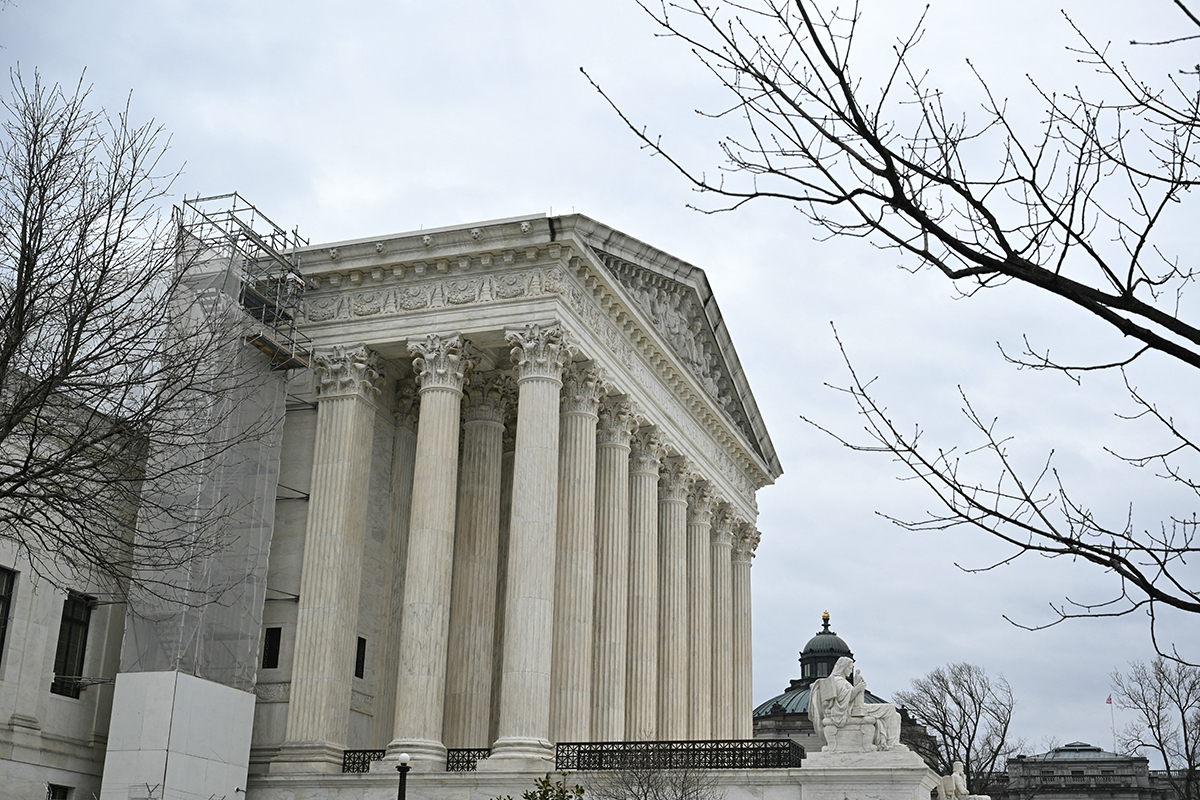Israeli Prime Minister Benjamin Netanyahu says the most intense phase of Israel’s assault on Gaza is coming to an end. Israel Defense Forces units are being deployed to the Lebanese border, where there are signs that fighting with Hezbollah is intensifying.
Since the war began following the October 7 Hamas attack, the residents of northern Israel have been subjected to almost continuous rocket fire from Hezbollah in southern Lebanon. More than 61,000 Israelis have been displaced, 28 killed, and thousands of buildings destroyed or severely damaged. Thousands of hectares of orchards and forests have been burned.
Just across the border between Israel and Lebanon, citizens are regularly forced to seek refuge in bomb shelters as Hezbollah gradually expands the scope of its attacks. Local press reported that 50 new mobile bomb shelters have been brought into the country to add to the 120 already installed in the region. Israel has responded by attacking Hezbollah rocket sites and assassinating Hezbollah commanders, but without much success.
Although Hamas in Gaza can easily be confused with Hezbollah in Lebanon, these two organizations are very different. Hamas is a fundamentalist Sunni organization, but it is pragmatic enough to form alliances with its ideological opponents – be it with the Alawite-dominated regime in Syria (until the start of the civil war in 2011) or, more recently, with Shiite Iran.
Iran, for its part, is happy to supply Hamas with weapons and training for its war against Israel, but has no direct control over its actions.
Hezbollah, on the other hand, is not just a proxy of Iran, but an extension of the Iranian Revolutionary Guard. Its leader, Hassan Nasrallah, is effectively Iran’s proconsul in the Levant. The movement is both a Lebanese political party and a militia that can field up to 100,000 trained fighters, making it more powerful than Lebanon’s official military.
To understand Iran’s recent behavior, it is important to realize that Iran may be changing its strategy. Iran’s primary goal is to expel the United States from the Middle East and then dominate its immediate surroundings, particularly the Arab countries to the east. The US invasion of Iraq in 2003 and the overthrow of Saddam Hussein’s Sunni minority government created a power vacuum that was quickly filled by Shiite militias and pro-Iranian political parties.
In the long run, the elimination of Israel means the elimination of a rival power and America’s closest ally. Iran’s ideology of elimination also has a theological component.
Ayatollah Ali Khamenei, Iran’s supreme leader, has repeatedly predicted that Israel, founded in 1948, would not live to see its 80th anniversary. Yet Iran avoided direct confrontations with the Jewish state until the night of April 13-14, when it fired over 300 drones and missiles at Israel.
Instead, Iran is pursuing a policy reminiscent of that of Egyptian President Gamal Abdel Nasser in the 1950s and 1960s. Its goal is to gradually weaken Israel through an endless war of attrition. Forcing the country to keep its reserve forces permanently mobile would undermine the economy and erode morale. To avoid direct retaliation, Iran is arming irregular forces such as Yemen’s Houthi rebels so they can operate from its territory.
Plan change
The last time Hezbollah launched a serious attack in 2006, Israel invaded and only agreed to withdraw after Nasrallah agreed to comply with UN Security Council Resolution 1701, which stipulated that Hezbollah would be disarmed and the Lebanese army would be moved to the border. None of this was actually implemented.
Apart from occasional exchanges of fire, however, things remained relatively quiet on Israel’s northern border. Iran had invested billions of dollars in building up Hezbollah and kept it in reserve as a deterrent against Israeli or American attacks on its nuclear facilities.

Matan Golan/SOPA Images via ZUMA Press Wire
The calculation in Tehran now appears to have changed. As the Biden administration looks for ways to withdraw from the Middle East and focus on the Pacific, the likelihood of a US attack on Iran’s nuclear program has declined. After the October 7 attacks, Israel appears weaker, its government deeply unpopular and so deeply divided that strategic planning is almost impossible.
One expression of the government’s ongoing dysfunction is the determination of Israeli Finance Minister Bezalel Smotrich to preserve the “coalition funds” that prop up the government by supporting narrow sectoral interests – at a time when the budget deficit is already seven percent of GDP.
In May, Bank of Israel Governor Professor Amir Yaron warned that the direct and indirect costs of the war would reach about $67 billion (£53 billion).
So far, the Gaza war has shown that the Israeli economy is remarkably resilient to major shocks. Investors remain broadly optimistic about the country’s long-term economic prospects. But the costs of a protracted fight in Lebanon will be far higher and will place a huge burden on the economy.
Dangerous moment
Iran is now so emboldened that it recently accelerated production of highly enriched uranium. Meanwhile, Nasrallah has not only announced that his elite Redwan fighters are ready to invade and take over Israel’s Galilee, but has also threatened to attack ships in the Mediterranean and even attack Cyprus if it continues to cooperate with Israel. Cyprus is an EU member where Britain maintains two military bases.
Nasrallah hinted that Hezbollah could soon expand its bombardment to Haifa. Haifa is the country’s third-largest city, home to a tenth of the country’s population and the country’s largest heavy industry. Haifa is also home to Israel’s main port and naval base. An attack on Haifa would trigger an immediate invasion of Lebanon and a full-scale war.
In addition, Hezbollah has launched 150,000 rockets at Israel, many of which can reach Tel Aviv and beyond. Aside from the material damage and loss of life, a war of this scale would far exceed the considerable costs of the ongoing conflict in Gaza.
The consequences of war for Israel will be devastating, and the consequences for Lebanon – already effectively a failed state – will be much worse. Much of Hezbollah’s missile arsenal is buried in silos hidden in residential areas. Lebanese villages are often located on the slopes of mountain passes, where Hezbollah will entrench itself. The need to get to the silos quickly before all the missiles can be fired will require a ground offensive – but this will cost many Israeli lives, with enormous collateral damage and civilian casualties.
In the event of a full-scale war, Iran could also again launch its own ballistic missiles and try to overwhelm Israel’s defenses. Calls for Israel to exercise restraint, as happened in April after Iran’s 300-missile attack, are likely to be ignored if major Israeli cities are hit. It is impossible to predict how far the conflict might spread from there.




